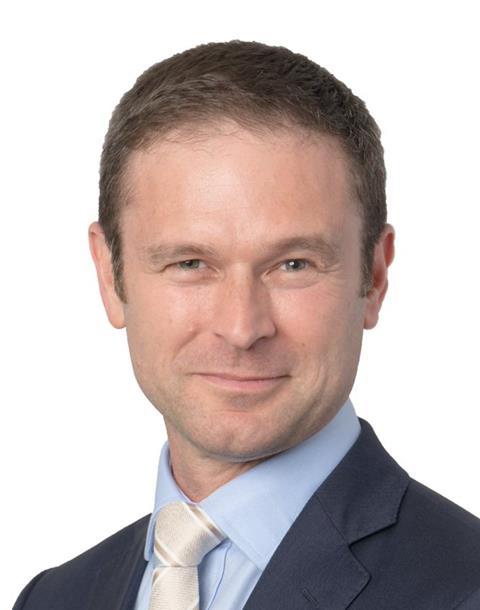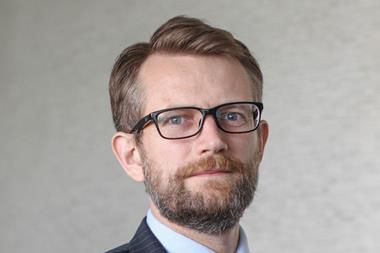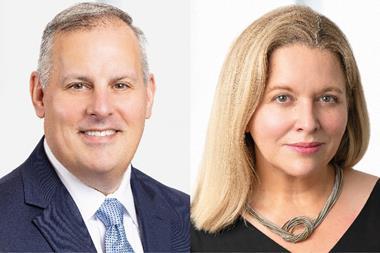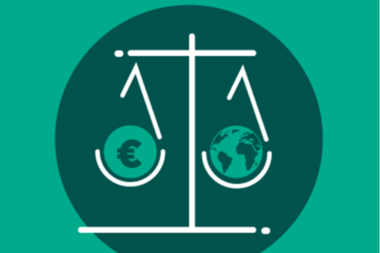‘Everyone in the sustainable finance industry knows there’s a problem with not being clear enough’: Fabian on updating the PRI’s member expectations
In a document published today, the UN-backed Principles for Responsible Investment has proposed two new approaches to distinguishing between signatories.
The first is relatively superficial – asking members to explain which sustainable finance topics they prioritise and how they are making progress on them. But the second would require a more profound change in the way investors talk about their motivations for signing up to the 17-year-old initiative.
Signatories would be asked to identify themselves as one of three types of sustainable investor: one that considers ESG issues to help manage portfolio-level risk and return; one that tries to influence sustainability outcomes in the wider world as a means of reducing portfolio-level risks; or one that wants to contribute to social and environmental outcomes for non-financial reasons.
“Everyone in the sustainable finance industry knows there’s a problem with not being clear enough about why sustainable finance activities are undertaken, which practices are used, and who benefits from them,” explains Nathan Fabian, PRI’s chief sustainable systems officer.
The PRI has arguably contributed to that by having a single set of principles for roughly 5,000 members.
Those generic principles remain, but the broader reporting and assessment framework is set to be replaced with voluntary disclosures to back up signatories’ (also voluntary) claims about the type of investor they are, and how advanced they are in their progress down that ‘pathway’.
Much-needed nuance
Fabian hopes the three labels will enable more nuanced and relevant comparisons between different investors, and give credence to the idea that all three are “legitimate parts of the responsible investment spectrum”.
It’s also an attempt to provide clearer cover for signatories under attack from regulators and politicians on both sides of the Atlantic.
“This way we acknowledge that not all roles are equal,” Fabian says, referring to the tendency for regulators “come at this under the assumption that any use of the term ESG implies a direct benefit to the environment and society, which is clearly not the case”.
“So we’re lowering expectations where they were too high.”
At the other end of the scale has been the high-profile clamp-down on sustainable finance in the US, in which ESG has been seen as a Trojan horse to pursue ideological objectives, with no role in managing portfolio-level risk and return.
As well as making it easier to juggle these regional pressures and tensions, the three definitions acknowledge limitations on asset managers. Initiatives like the Net Zero Asset Managers initiative and the Net Zero Asset Owner Alliance create the illusion that the two groups can function in parallel, but it’s becoming increasingly clear that asset managers aren’t at liberty to set their own sustainability objectives – they have clients to obey.
As a result, the PRI’s proposals allow investment managers to split their AUM across more than one of the three definitions to reflect mandates and regional activities.

Raised ambitions?
On the surface, the new plans suggest the PRI is raising its ambitions – attempting to stand up to longstanding accusations of being toothless, and of allowing more-or-less anyone to join and use membership as a sign of its credibility when dealing with the outside world.
But in reality, it isn’t a raising of the bar: Fabian says that “the floor stays in place” when it comes to the minimum requirements for members, and the new approach isn’t expected to increase the number of signatories being delisted for not being credible.
“If you decide not to identify [with one of the progression pathways], then your reporting requirements will be much narrower than they have been so far,” he acknowledges.
However, while voluntary on paper, the chances are that if the proposed regime gets buy-in from the PRI’s powerful asset owner signatories, it will become a de facto expectation for asset manager members wanting to land and retain mandates.
Clarity over transparency
All of this builds on sustainable finance’s growing push for clarity, rather than simply transparency.
It’s a trend being driven by regulators like the UK’s Financial Conduct Authority and the European Commission, both of whom are asking asset managers to self-label funds based on what sustainability objectives they’re trying to achieve, and how.
“It’s good that regulators are pushing for clarity at product level about what’s being pursued and how, and we want to do the same for investors at organization level,” explains Fabian.
If the sustainable finance disclosure regulation (SFDR) has taught the industry anything, though, it’s that self-identification can lead to greenwashing. So will there be a vetting process for the claims made by signatories about their progression pathways?
“The PRI is governed by investors, so if they want validation then they need to tell us as we design this,” says Fabian, adding that a decision hasn’t been made on whether, and how, claims will be assessed. “But if signatories want to make statements about their pathways and progress, and use that in public disclosures, then we’ll be asking them how they want us to help them verify that.”
Read the digital edition of IPE’s latest magazine























No comments yet